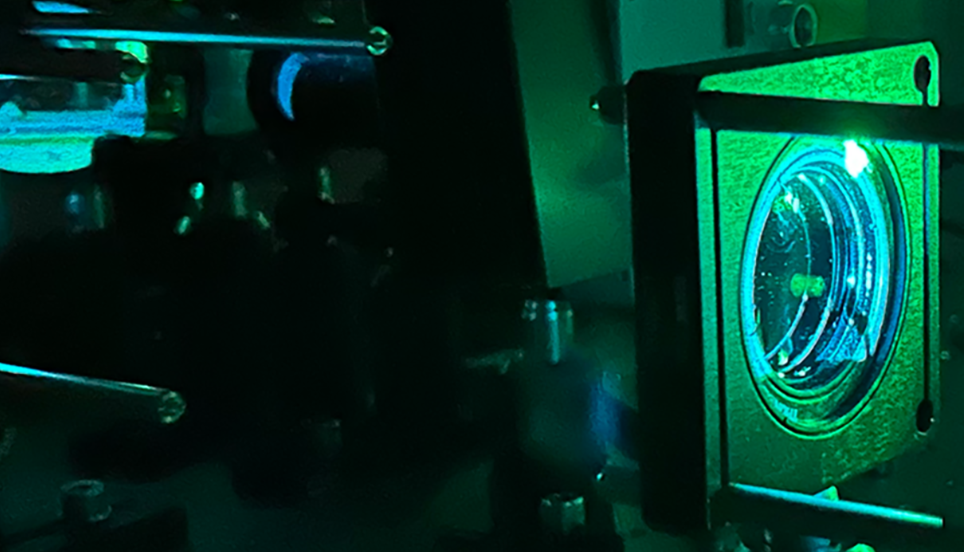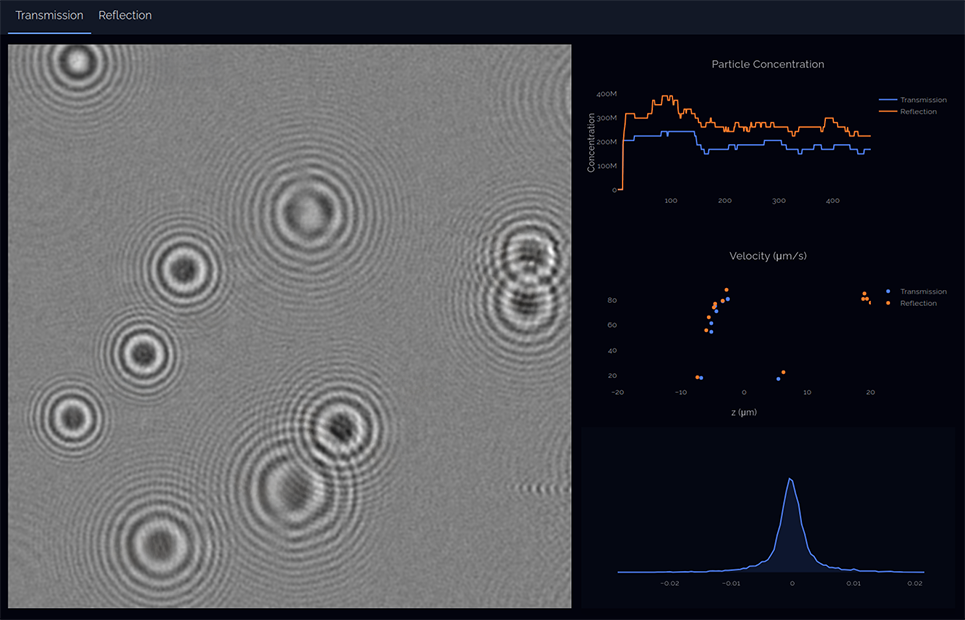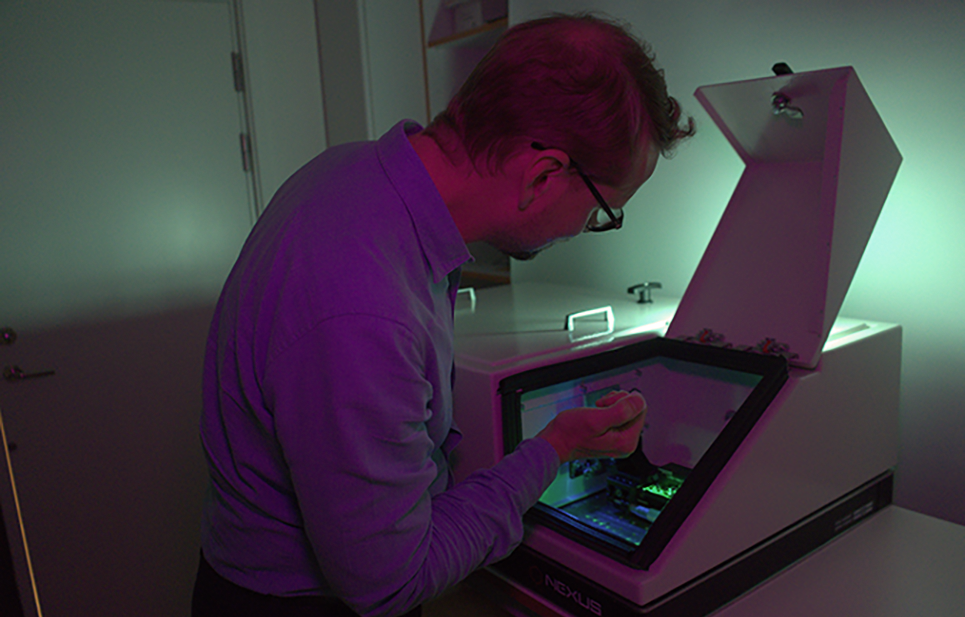Publications
Below is a selection of publications describing the innovations underlying DAISY-NTA
Below is a list of innovations described in academic publications, which make out the foundation of our technology. More innovations continue to be generated at a steady pace. Whereas we originally worked with off-axis holography, we are now utilizing a different holographic method which gives less image noise and is less vibration sensitive.
1. Holographic particle tracking.
Our original combination of particle tracking and off-axis holographic microscopy. Well-designed algorithms allowed us to, for the first time, report holographic analysis of colloidal particles smaller than 0.3 micron. Here, the size of the particles was determined from their Brownian motion. Reference: Midtvedt, D, et al (2020)
2. Optical size determination using Machine learning.
By using an innovative machine learning algorithm, the size of submicron particles down to a size of half the illumination wavelength could be determined directly from their scattered light. This enabled to determine particle size with unprecedented accuracy for an optical method in this size range. Since size and other properties could be extracted from relatively few images, rapid size-changes of individual particle aggregates could be monitored, which is unique. Reference: Midtvedt, B, et al (2021)
3. Twilight holography for decreased detection limit.
By utilizing a semi-transparent “twilight” filter to dampen the background light in the image while leaving the light scattered by particles unaffected, analysis of particles smaller than 200nm in diameter was made possible. The method is patent-pending and is described in a preprint manuscript. Reference: Olsén, E, et al 2023
4. Selective detection of gold nanoparticle-labeled viruses and exosomes.
Metallic particles are easily differentiated from other particles in holographic microscopy and can therefore be used to label viruses and other biological particles to selected these selectively. This is an interesting alternative to using fluorescent dyes as well as an alternative to other detection methods. Learn more.The method is patent-pending and is described in a preprint manuscript. Reference: Olsén, E, et al 2023
5. Dual Angle Interferometric Scattering microscopY (DAISY).
Method to further enhance particle characterization in the size range below 500nm by using illumination from two opposite directions. Enables optical size determination for particles smaller than half the wavelength of light. Enables determination of mass distribution within particles and thereby differentiation between for example hollow spheres, solid spheres or aggregates. The method is patent-pending and is implemented in our latest instrument. Reference: Olsén, E., et al, 2024


